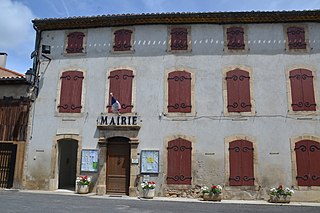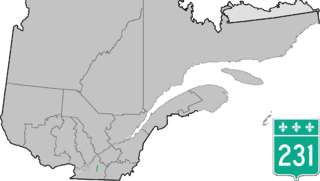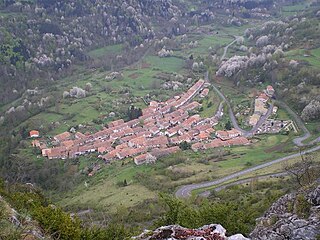It is proposed that this article be deleted because of the following concern:
If you can address this concern by improving, copyediting, sourcing, renaming, or merging the page, please edit this page and do so. You may remove this message if you improve the article or otherwise object to deletion for any reason. Although not required, you are encouraged to explain why you object to the deletion, either in your edit summary or on the talk page. If this template is removed, do not replace it . The article may be deleted if this message remains in place for seven days, i.e., after 21:45, 7 October 2019 (UTC). Nominator: Please consider notifying the author/project: {{subst:proposed deletion notify |Manisola|concern=questionable source. little content.}} ~~~~ |
The topic of this article may not meet Wikipedia's general notability guideline .(June 2018) (Learn how and when to remove this template message) |
The Manisola was a holiday or feast celebrated by the Cathars. It was a major initiation ceremony of the Perfecti, regarded by the Cathars as a spiritual elite. [1]

A holiday is a day set aside by custom or by law on which normal activities, especially business or work including school, are suspended or reduced. Generally, holidays are intended to allow individuals to celebrate or commemorate an event or tradition of cultural or religious significance. Holidays may be designated by governments, religious institutions, or other groups or organizations. The degree to which normal activities are reduced by a holiday may depend on local laws, customs, the type of job held or personal choices.
Catharism was a Christian dualist or Gnostic revival movement that thrived in some areas of Southern Europe, particularly what is now northern Italy and southern France, between the 12th and 14th centuries. The followers were known as Cathars and are now mainly remembered for a prolonged period of persecution by the Catholic Church, which did not recognise their belief as being Christian. Catharism appeared in Europe in the Languedoc region of France in the 11th century and this is when the name first appears. The adherents were sometimes known as Albigensians, after the city Albi in southern France where the movement first took hold. The belief system may have originated in Persia or the Byzantine Empire. Catharism was initially taught by ascetic leaders who set few guidelines, and, thus, some Catharist practices and beliefs varied by region and over time. The Catholic Church denounced its practices including the Consolamentum ritual, by which Cathar individuals were baptized and raised to the status of "perfect".
Perfect was the name given by Bernard of Clairvaux to the leader of the medieval Christian religious movement of southern France and northern Italy commonly referred to as the Cathars. The Perfect were not clerics in any way, but were merely members who had become ‘adepts’ in the teaching, and whose role was that of aiding the ordinary members achieve the rewards of belief and practice - men and women could become Perfecti. The term reflects that such a person was seen by the Catholic Church as the "perfect heretic". As "bonhommes" Perfecti were expected to follow a lifestyle of extreme austerity and renunciation of the world which included abstaining from eating meat and avoiding all sexual contact. By that virtue they were recognized as trans-material angels by their followers, the Credentes. Perfecti were drawn from all walks of life and counted aristocrats, merchants and peasants among their number. Women could also become Perfects; Female Perfects were known as Parfaites or Perfectae.














